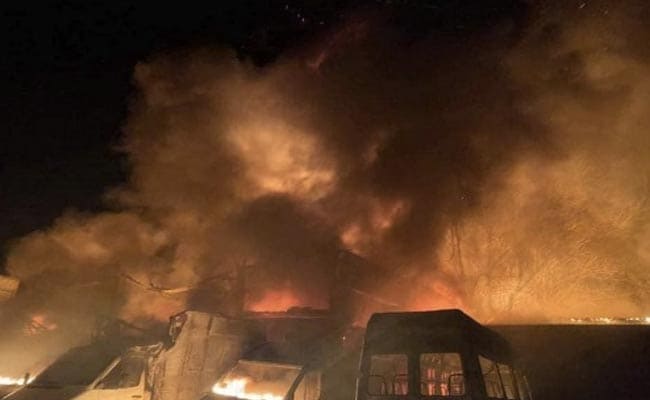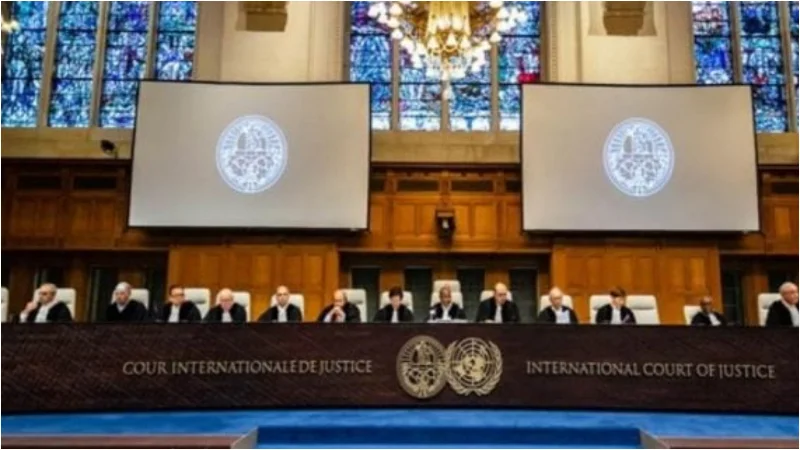After failing to achieve the hoped-for quick gains when President Vladimir Putin launched the invasion one month ago, Russia’s forces in Ukraine appear to be reverting to a war of attrition with devastating consequences for civilians.
According to the US government, recent days have seen increased aerial and naval bombardment as Ukrainian resistance slows the invaders’ advance on land.
Attacking forces remain 15 kilometres (10 miles) to the north-west of the Ukrainian capital, Kyiv, and 30 kilometres to the east, only able to bombard it from a distance.
While US President Joe Biden has stated that Putin’s “back is against the wall in Ukraine,” US Defense Department spokesman John Kirby told CNN on Tuesday that Ukrainian forces are now “going after Russians” who are losing their lives.
Despite mobilising a force of 150,000 to 200,000 troops, Moscow failed to anticipate anything other than weak resistance – most likely due to Russian intelligence failures – and made sloppy logistical preparations.
Russia still does not have complete control of the skies over Ukraine, complicating their entire offensive.
“Russia lacks a true command and control policy,” a former top French military officer told AFP, citing a lack of coordination between ground and air forces as well as a lack of precision in the strikes.
Siege warfare
According to the New York Times, the Pentagon estimates that up to 7,000 Russian soldiers were killed in the first month of the conflict.
That would be more casualties than the United States suffered during its years-long occupations of Iraq and Afghanistan combined.
“Putin’s offensive is stuck,” German Chancellor Olaf Scholz said on Wednesday, despite the destruction it is causing day after day.
Kyiv, for its part, acknowledged 1,300 troops killed in action on March 12 – a figure that, according to observers, is likely far lower than the true figure.
With their forces stymied, the Russians have turned their offensive into a series of sieges aimed at wearing down and demoralising the Ukrainian people.
Around 10 million people have fled their homes, according to the UN human rights chief, while nearly 3.6 million have fled the country.
“The more the Russian infantry struggles, the higher the army climbs up the scale of brutality and disproportionate use of air power,” a NATO-connected European source told AFP.
“Putin requires a deal, so he requires victories.”
During the one-month offensive, Russia has only taken control of one major urban centre: Kherson in south Ukraine. Mariupol, to the east, is still under siege, which has sparked international outrage.
Uncaptured northern cities like Kharkiv, Ukraine’s second-largest urban centre, are under constant bombardment, while pressure is also growing on those in the south and east.
Mykolaiv, which blocks the way along the Black Sea coast towards Odessa, is also under artillery fire.
Devastation
However, Russia has yet to place much emphasis on diplomatic efforts, and analysts warn that even if a ceasefire is reached, it may simply allow Moscow to buy time while rebuilding its forces.
More than 200,000 people are stranded in Mariupol, which has been reduced largely to corpse-strewn ruins and is cut off from necessities such as food, water, electricity, and heat.
Russia’s determination to capture the port city is proportional to its strategic value, as it could provide a land link between annexed Crimea and pro-Russian separatist territories in the Donbas.
With a stronger grip on Ukraine’s east, the invaders may eventually be able to encircle the Ukrainian defenders fighting there.




















